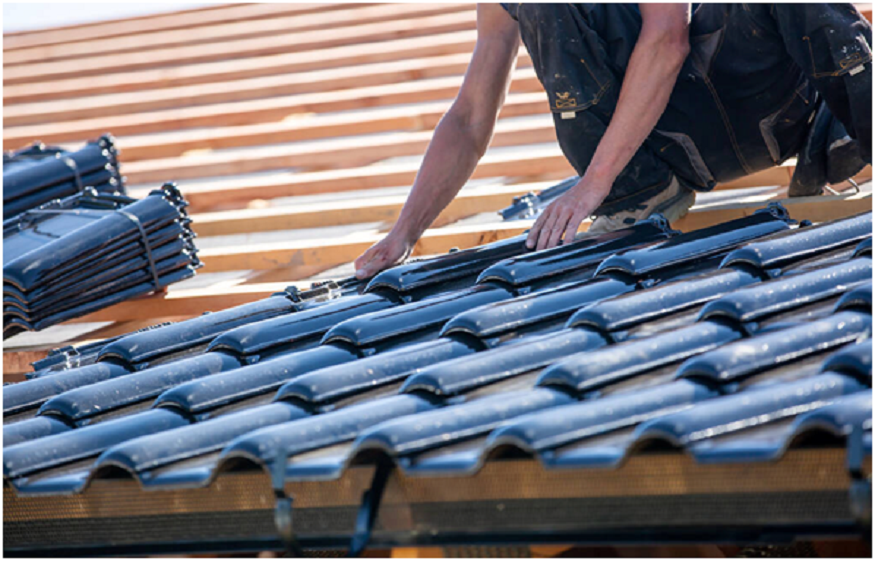Energy costs can sneak up on a business. From lighting and HVAC to machinery and equipment, everything pulls from the power grid. But one major contributor is often overlooked—the roof. Commercial roofing plays a vital role in regulating indoor temperatures and managing energy use. Investing in the right roofing system can transform energy bills, comfort levels, and even the environment of your workspace.
Roofing Materials Influence Heat Retention
One of the biggest factors in energy efficiency is heat retention—or better yet, heat deflection. Materials like metal, TPO (thermoplastic polyolefin), and cool roof coatings are designed to reflect solar radiation. This means less heat seeps into your building, reducing the load on air conditioning systems. In contrast, older dark roofs absorb sunlight and trap heat, making interior spaces warmer and harder to cool.
Insulation Within Roofing Systems Matters
Commercial roofing isn’t just about outer layers. What’s inside counts too. Proper insulation beneath the surface keeps conditioned air from escaping and outside temperatures from sneaking in. A well-insulated roof is like a cozy blanket in winter and a reflective shield in summer. It creates a barrier that stabilizes indoor climates and helps maintain steady energy use year-round.
Roof Color And Design Impact Performance
Believe it or not, the color of a roof can make a measurable difference. Light-colored commercial roofing reflects more sunlight, while dark roofs tend to absorb it. Reflective surfaces, like those found on cool roofs, keep building temperatures lower in sunny conditions. Additionally, a sloped roof may channel heat and water differently than a flat one, affecting overall efficiency. Design and aesthetics matter, but functionality should lead the way.
Aging Roofs Can Drain Energy
Time wears down everything, and commercial roofing is no exception. Cracks, leaks, and worn-out membranes reduce the effectiveness of your roof’s insulation and sealing. Even minor wear can increase heating and cooling needs. Businesses that ignore roof aging often pay for it with rising utility bills. Regular inspections and timely repairs or replacements help preserve both structure and energy performance.
Green Roofing Adds Extra Benefits
Some businesses are taking energy efficiency even further with green roofing systems. These feature layers of vegetation planted directly onto the roof surface. Besides offering strong insulation, green roofs absorb heat, reduce rainwater runoff, and even improve air quality. Though they require more maintenance and upfront investment, their long-term energy and environmental benefits are worth considering.
Maintenance Keeps Energy Use In Check
Energy-efficient roofing only works if it’s kept in good shape. Routine maintenance ensures that membranes stay sealed, insulation remains dry, and reflective surfaces continue performing. Dirty or damaged roofs lose their effectiveness. A proactive approach to roofing care pays off in long-term savings and energy control.
Commercial Roofing As A Business Investment
Rather than seeing roofing as just another overhead cost, smart businesses treat it as an energy investment. A high-performance commercial roof reduces demand on HVAC systems, lowers energy bills, and can even earn LEED credits or tax benefits. Over time, the savings can be substantial. Better yet, employees work more comfortably, and customers appreciate a sustainable choice.
Conclusion
Commercial roofing plays a crucial role in the energy efficiency of business spaces. From the materials used to insulation, color, and design, every component affects how energy is used inside the building. A modern, well-maintained roof can cut costs, improve comfort, and support environmental goals. It’s not just a cover over your head—it’s part of your business strategy. Choosing and caring for the right roof pays off where it matters most: your bottom line.




